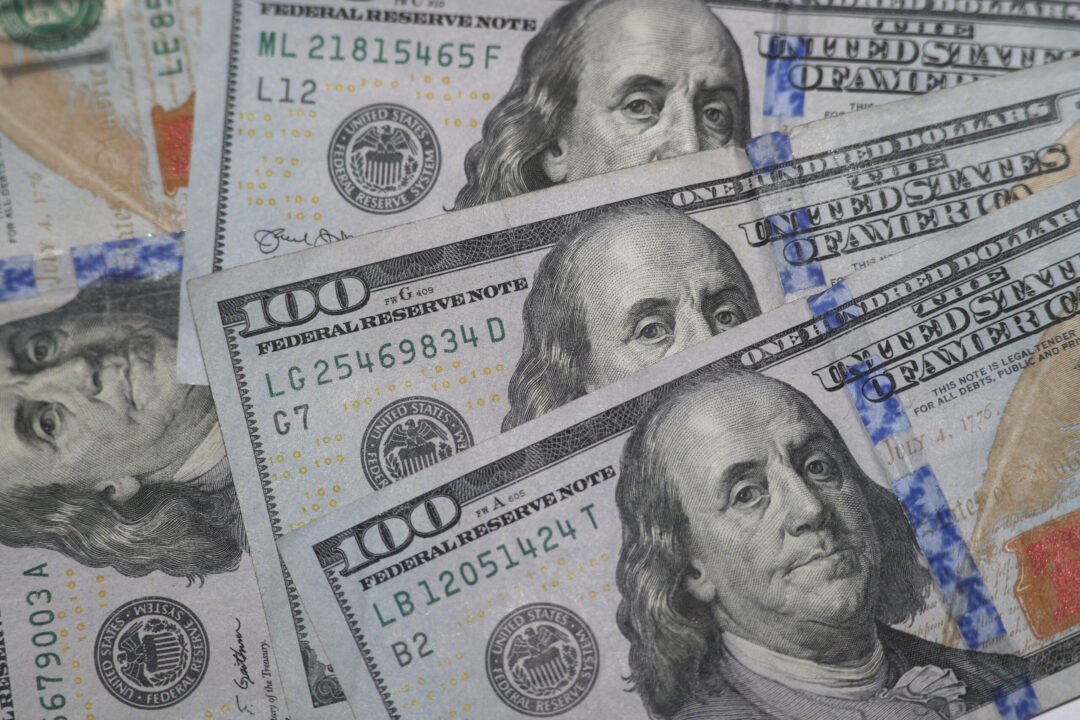What the court decisions on student loan forgiveness mean for you
INDIANAPOLIS (MIRROR INDY) — When Eleanor Hernly went back to school a few years ago, they were excited to embark on a new career in counseling. But Hernly, who is 30, was also relieved to get a break from paying $800 a month for their federal and private student loans.
Today, Hernly’s nearly done with their master’s program, and the clock’s about to restart on $60,000 of private and federal student loans, which they accumulated from an undergraduate degree at IUPUI and a master’s at Christian Theological Seminary on Butler’s campus.
Hernly paid off their private debt aggressively but still hoped that the government would announce federal loan forgiveness eventually. Hernly is frustrated that federal courts have repeatedly blocked President Joe Biden’s attempts.
“I feel like a child with no control sometimes,” they said. “I have to wait for ‘daddy government’ to come in and say, it’s OK that I get to not do this thing that is severely impacting my life.”
The most recent court intervention came this week, when federal judges in Kansas and Missouri blocked new benefits from Biden’s student debt relief plan from going into effect on July 1 as planned. Under the changes to the Saving on Valuable Education (SAVE) plan, millions of U.S. borrowers would have had lower monthly payments, and some would have seen their loans forgiven sooner.
The court decisions come as the Biden administration is working to find ways to forgive student loans after the U.S. Supreme Court struck down the Biden administration’s plan to cancel at least $10,000 of student debt for many borrowers last summer.
As of April, more than 53,000 Indiana residents had benefited from these loan forgiveness policies, with an average of more than $46,000 of debt relief per borrower.
The Biden administration has said that it plans to appeal the court decisions in Missouri and Kansas, meaning that — like Biden’s widespread loan forgiveness policy — the SAVE plan may end up before the Supreme Court.
Here’s what else to know about the rulings, and how to get help with your student loans.
What is the SAVE plan?
The SAVE plan would have further lowered the minimum payments that borrowers had to make on their loans from 10% to 5% of monthly discretionary income, or the income that’s left over after necessities like rent and utilities. The reduction would have cut payments in half for many borrowers.
The proposed changes also would have forgiven debts for borrowers who originally took out less than $12,000 to attend college and who had been paying back their loans for at least 10 years.
Each additional $1,000 in debt would have added an extra year of payments, with a maximum repayment period of 20 years for undergraduate loans and 25 years if the borrower had loans from graduate school.
Though the forgiveness provision was supposed to take effect in July, the Biden administration announced in January it would start erasing debts early. As of May, 414,000 Americans had their loans canceled through SAVE, according to the Department of Education.
What happens to SAVE now?
Under this week’s decisions, the government can’t forgive any more loans through SAVE right now. But if your loans have already been forgiven, don’t worry — you won’t have to pay the government back.
And if you’re currently on the SAVE plan, your payments will stay the same.
Do I have other options to pay less on student loans?
Both the Missouri and Kansas judges opted not to block SAVE plan provisions that have already gone into effect. People will still be eligible for lower monthly payments, and if people make payments on time, their loans won’t grow due to unpaid interest.
This summer, the federal government is also recalculating people’s years of loan payments to include some cases of time spent in forbearance and deferment. The three years of COVID-19 payment pause — from March 2020 to September 2023 — will count as time in repayment for all borrowers, according to the Federal Student Aid website.
Borrowers seeking relief through public service loan forgiveness after 10 years may benefit from the adjustment. If you’ve been repaying loans for eight years but spent two in forbearance, for example, the government’s payment count adjustment could make you eligible for forgiveness.
How to get help with loans
Carmel-based education nonprofit INvestEd offers free counseling and support on student loans online and over the phone.
You can contact INvestEd loan experts at 317-715-9007 or by emailing outreach@investedindiana.org.
Claire Rafford covers higher education for Mirror Indy in partnership with Open Campus.
Are you struggling with student debt? Were you hoping to have your loans forgiven? I want to hear your story. Reach out at claire.rafford@mirrorindy.org or @clairerafford on Instagram/X.
